Michael Higley
Co-PI (Core Leadership)
Yale University
Michael Higley, MD, PhD, is an Associate Professor in the Department of Neuroscience at the Yale School of Medicine. He received his MD/PhD from the University of Pennsylvania and postdoctoral training at Harvard Medical School.
Dr. Higley has 25 years of experience using electrophysiology and optical imaging to study the organization and function of the mammalian nervous system. He has made fundamental contributions to our understanding of how GABAergic inhibition and neuromodulation influence neural activity and behavior via regulation of synaptic transmission and excitability. He has established and applied advanced methodologies for fluorescence imaging to study neural circuits, both ex vivo and in the neocortex of awake, behaving mice. In recent years, the Higley Laboratory has pioneered the combined application of these methods to bridge the gaps between molecular, cellular,, and systems neuroscience.
Recent ASAP Preprints & Published Papers
Stereotaxic injections into mouse brain and ex-vivo electrophysiology
Cortical synaptic vulnerabilities revealed in an α-synuclein aggregation model of Parkinson’s disease






